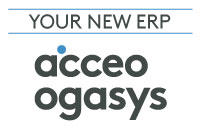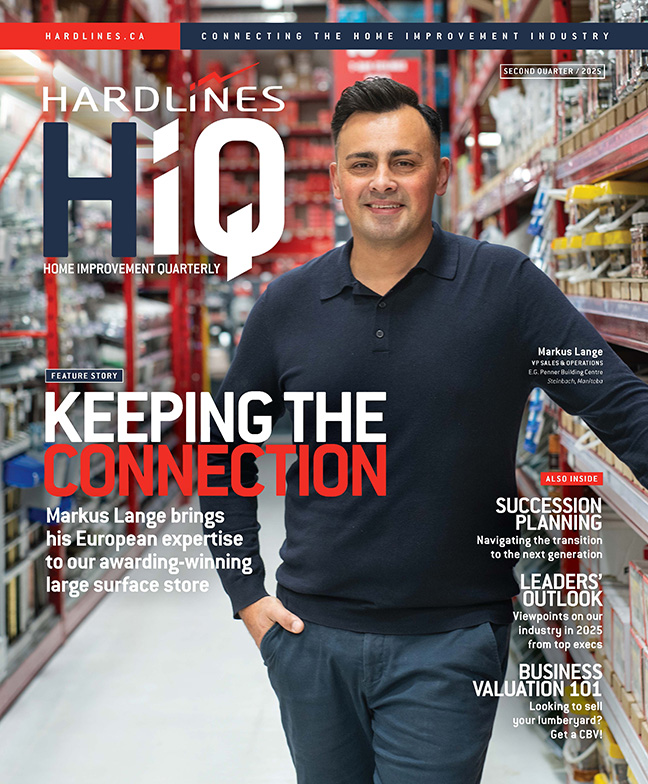
The labour shortage across North America has businesses looking for ways to attract people more effectively. The single biggest draw is, of course, salary. Some of the world’s top retailers are taking steps to raise wages.
Take Walmart. The world’s largest retailer, and America’s largest employer, it wants to hire 20,000 to keep product moving ahead of the anticipated holiday shopping rush. But it wants people not just for the front lines, but to maintain its supply chain. Jobs include order fillers and freight handlers at Walmart’s 250-plus U.S. distribution centres and transportation offices.
The average wage for a Walmart supply chain worker is $20.37 per hour. Also, in an attempt to cope up with fierce competition for workers, the company has begun paying special bonuses and covering 100 percent of college tuition costs for employees. Other large retailers in the U.S. are offering similar perks.
Here in Canada, Amazon Canada has boosted base pay to attract workers as it seeks to hire 15,000 this fall. At the same time, the company is increasing the starting wage for its front-line, hourly employees in Canada to between $17 and $21.65 an hour. Starting wage is currently about $16 an hour. But people who are already with the company won’t be left out. All existing Amazon employees will get a salary lift of $1.60 to $2.20 per hour.
Costco is one retailer that has always paid more—and provided benefits plans. Last spring, when many retailers, especially in grocery, were drawing back their COVID bonuses and salary bumps, Costco Canada locked them in. A $2-per-hour pandemic bonus was removed, but staff received a permanent raise of $1 per hour. Wages for Costco Canada workers now start at $16 per hour; the average hourly wage is $23.71.
There’s wisdom in paying people more. Auto pioneer Henry Ford made a point of paying his workers enough so they could establish a life—and buy one of the cars they were helping to build.



































